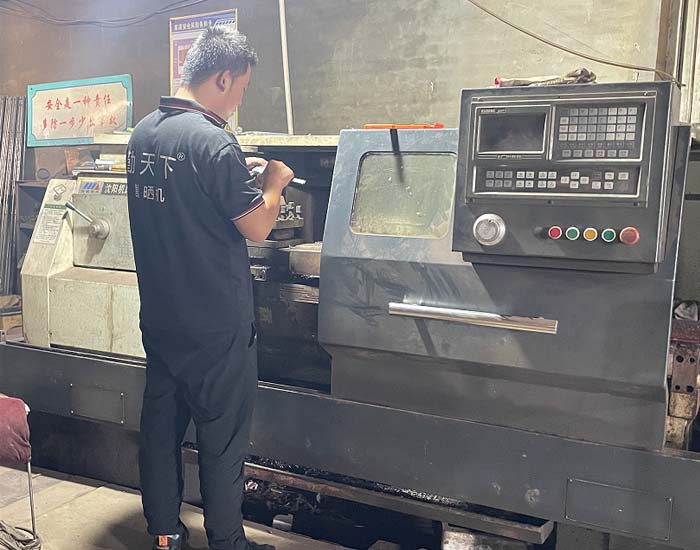napier grass harvester
The Evolution and Impact of Napier Grass Harvesters
Napier grass (Pennisetum purpureum), widely recognized for its high biomass production and excellent nutritional value, has become an essential crop in many tropical countries. As the demand for sustainable agricultural practices grows, the efficiency of harvesting has taken center stage, leading to technological advancements like the Napier grass harvester. These specialized machines have revolutionized the way this vital crop is harvested, promoting both agricultural efficiency and sustainability.
The Role of Napier Grass in Agriculture
Napier grass is primarily cultivated for animal fodder, especially in regions where other forage crops may not thrive. Renowned for its rapid growth and ability to endure various climatic conditions, it can significantly contribute to livestock productivity. The high fiber content of Napier grass, combined with its digestibility, makes it a preferred choice among farmers who raise dairy and beef cattle. However, the traditional methods of harvesting Napier grass are labor-intensive and time-consuming, leading to significant operational inefficiencies.
Introducing Napier Grass Harvesters
The introduction of Napier grass harvesters marks a significant milestone in modern agriculture. These machines are designed to efficiently cut, chop, and collect Napier grass in one seamless process, drastically reducing the time and labor required for harvesting. Typically mounted on tractors or available as standalone units, these harvesters come with a variety of cutting mechanisms—ranging from simple blades to advanced rotary systems—that ensure a uniform cut.
One of the prominent features of Napier grass harvesters is their ability to adjust cutting heights and widths based on the specific requirements of the farmer. This flexibility enables operators to optimize the harvest for both yield and quality, ensuring that the grass remains suitable for livestock consumption, while also allowing farmers to manage their fields more effectively.
Advantages of Using Napier Grass Harvesters
1. Increased Efficiency The most significant advantage of using Napier grass harvesters is the dramatic increase in harvesting efficiency. With traditional methods, it could take hours or even days to harvest a significant area. In contrast, a mechanical harvester can cover the same area in a fraction of the time.
napier grass harvester

2. Labor Savings As agricultural labor becomes increasingly scarce in many regions, the adoption of harvesters can alleviate the pressure on labor resources. This machine reduces the dependence on manual labor, allowing farmers to allocate their workforce to other essential tasks while ensuring a timely harvest.
3. Improved Crop Quality Harvesters are designed to process Napier grass carefully, minimizing damage to the crop. This results in higher-quality fodder that retains its nutritional value, ultimately benefiting livestock health and productivity.
4. Environmental Benefits By reducing the amount of time spent in the fields, Napier grass harvesters contribute to less soil compaction and erosion. Fewer passes through the field mean that the land can maintain its structure and fertility, promoting sustainable agricultural practices.
5. Cost-Effectiveness While the initial investment in a harvester may be substantial, the long-term savings in labor costs and increased productivity make it a financially viable option for many farmers. Moreover, the enhanced quality of harvested grass can lead to better livestock performance, further enhancing profitability.
Challenges and Future Directions
Despite the many advantages, the proliferation of Napier grass harvesters also faces specific challenges. The high initial cost can be prohibitive for smallholder farmers, creating a barrier to entry. Additionally, maintenance and repair of sophisticated machinery can be daunting, especially in regions lacking technical expertise.
To overcome these hurdles, initiatives aimed at subsidizing equipment costs, providing training, and establishing cooperative ownership models have been developed in several countries. Such measures aim to democratize access to these innovations in agricultural technology.
The future of Napier grass harvesting looks promising, as ongoing technological advancements continue to lower costs and enhance machine capabilities. Innovations such as precision agriculture, which integrates data analytics and remote sensing, are expected to further optimize the harvesting process, enabling farmers to make data-driven decisions that will maximize yield and sustainability.
In conclusion, Napier grass harvesters represent a pivotal advancement in agricultural technology, significantly facilitating the cultivation of this essential crop. As the global agriculture landscape evolves, the importance of these machines will likely grow, shaping the future of fodder production and livestock management, while contributing positively to the sustainability of agricultural practices worldwide.
Latest news
-
When to Upgrade Your Old Forage HarvesterNewsJun.05,2025
-
One Forage Harvester for All Your NeedsNewsJun.05,2025
-
Mastering the Grass Reaper MachineNewsJun.05,2025
-
How Small Farms Make Full Use of Wheat ReaperNewsJun.05,2025
-
Harvesting Wheat the Easy Way: Use a Mini Tractor ReaperNewsJun.05,2025
-
Growing Demand for the Mini Tractor Reaper in AsiaNewsJun.05,2025
